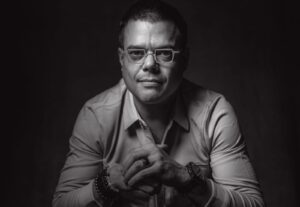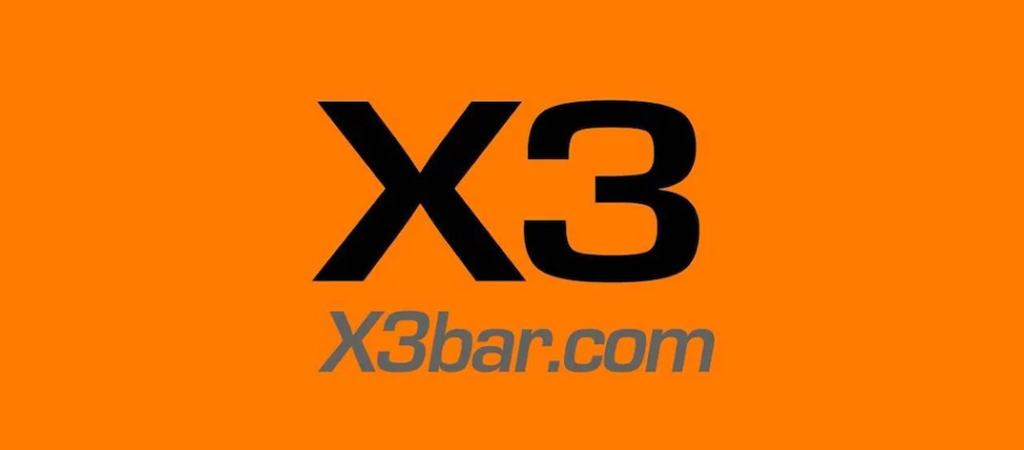In a world that often feels digitally connected yet emotionally distant, the hunger for authentic community has never been stronger. Many believe building deep connections requires a big budget—for event space, catering, or fancy software. But the truth is, the most powerful glue for community isn’t monetary; it’s intentionality, vulnerability, and shared experience.
The deepest bonds are forged not through financial transactions, but through genuine human interaction. Ready to transform your group from a list of names into a true support system? Here are 5 free, powerful hacks to deepen your community connections.
Facilitate Skill-Sharing Circles
Instead of hiring an expert, look within your own group. Your community is a treasure trove of untapped knowledge.
How to Do It: Identify the hidden talents within your members. Someone might be an Excel wizard, a budding photographer, a fluent Spanish speaker, or a fantastic sourdough baker. Organize a casual skill-share meetup (in-person or via Zoom) where members can teach a 20–30 minute mini-lesson to the group.
Why It Works: This approach flips the script from passive consumption to active contribution. It empowers every member, making them feel valued for what they bring to the table. It’s not about being the best—it’s about sharing what you know, which is a profoundly connecting act.
Transform Networking into “Walking Meetings”
Ditch the stiff chairs and stale coffee. Moving side-by-side with someone changes the entire dynamic of a conversation.
How to Do It: The next time you plan a one-on-one catch-up or a small group brainstorming session, suggest a walk in a local park or a quiet neighborhood. There’s no cost—just fresh air and forward motion.
Why It Works: Walking reduces the pressure of direct eye contact, making conversations feel more natural and less confrontational. The shared physical activity and changing environment stimulate creativity and open people up, leading to more honest and insightful discussions.
Initiate Vulnerability Check-Ins
Small talk keeps us on the surface. To go deeper, you need to ask better questions.
How to Do It: Start your next group gathering by going beyond “How are you?” Use prompts like:
- What’s something you’re currently struggling with, big or small?
- What’s a recent small win you’re proud of?
- What’s something you’re unlearning these days?
Why It Works: Vulnerability is contagious. When one person has the courage to share something real, it gives everyone else permission to do the same. This practice builds immense trust and empathy, showing members that they can bring their whole selves to the community—not just their polished, professional façade.
Organize a Community Book (or Media) Swap
A shared story is one of the oldest foundations for community. This creates a rotating library of perspectives.
How to Do It: Have everyone bring a book, magazine, podcast recommendation, or documentary title that deeply impacted them. Each person gets a minute to explain their choice before swapping. You can do a physical swap or simply share a list of recommendations.
Why It Works: This exchange does two things. First, it provides a wealth of free content curated by people you trust. Second, and more importantly, the media we consume reflects our inner world. Understanding what moves a fellow community member offers a unique window into their values and thoughts, sparking deeper conversations.
Host “Problem-Solving Hub” Sessions
Collective intelligence is your community’s greatest free asset. Harness it.
How to Do It: Dedicate a session where members can bring a current challenge—professional, personal, or project-based. The group then acts as an advisory board, offering insights, experiences, and potential solutions.
Why It Works: This transforms the community from a social group into a mutual support system. It provides tangible value to members and reinforces the idea that we’re in this together. The person with the problem gets help, and the helpers gain the satisfaction of making a real difference.
Final Thoughts
These five free strategies prove that the heart of community is built on shared energy, not money. With consistency, even simple practices like skill-sharing or walking meetings can turn acquaintances into a true support system.






















